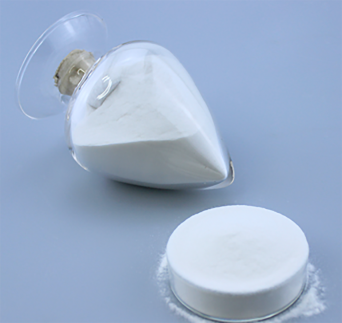
Oct . 15, 2024 03:56 Back to list
Exploring Hydroxypropyl Methyl Cellulose Uses Applications and Industry Standards
Understanding Hydroxypropyl Methylcellulose (HPMC) and its HS Code
Hydroxypropyl methylcellulose (HPMC) is a versatile and widely used cellulose ether that has applications across various industries due to its unique properties. It is particularly renowned for its film-forming, thickening, and emulsifying capabilities, making it an essential ingredient in pharmaceuticals, food products, cosmetics, and construction materials.
What is Hydroxypropyl Methylcellulose?
HPMC is a semi-synthetic polymer derived from cellulose, which is a natural polymer found in the cell walls of plants. The chemical structure of HPMC includes hydroxypropyl and methyl groups, which are introduced during the production process through chemical modification. These modifications give HPMC its distinctive properties, such as improved solubility in water and enhanced thermal stability, which are not present in its natural form.
The production of HPMC involves the dissolution of cellulose in a mixture of water and organic solvents, followed by the substitution of hydroxyl groups with hydroxypropyl and methyl groups
. The resulting product is a white or off-white powder that is non-toxic, odorless, and tasteless.Applications of HPMC
1. Pharmaceuticals In the pharmaceutical sector, HPMC is commonly used as a binder, thickening agent, and controlled-release agent in tablet formulations. It enhances the solubility and absorption of active ingredients, ensuring that medications are effective.
2. Food Industry HPMC serves as a food additive in various products, where it acts as an emulsifier, stabilizer, and thickener. It is used in gluten-free baking, sauces, and dressings, contributing to improved texture and consistency.
3. Construction In construction, HPMC is incorporated into cement-based materials like mortar and tile adhesives. It enhances water retention, workability, and adhesion, which are crucial for high-quality construction applications.
4. Cosmetics HPMC is used in many cosmetic formulations, such as lotions, creams, and gels, due to its ability to provide a smooth texture and an improved skin feel.
hydroxypropyl methyl cellulose hs code

5. Personal Care Products It often serves as a thickening agent in shampoos and conditioners, giving these products a desired viscosity while also acting as a film-forming agent to provide improved performance.
HPMC and International Trade
In the world of international trade, products are classified under a Harmonized System (HS) code, which is a standardized numerical method of classifying traded goods. The HS code system is employed globally by customs authorities to read and categorize products, facilitating smoother trade transactions.
The HS code for hydroxypropyl methylcellulose falls under the category of chemical products, specifically in Chapter 39, which pertains to plastics and articles thereof. More precisely, HPMC is often identified under the HS code 3912, which includes other types of cellulose derivatives. This classification is essential for businesses involved in the import and export of HPMC, as it determines tariff rates, import/export restrictions, and regulatory compliance.
Importance of Correct HS Coding
Proper classification of HPMC under the correct HS code is crucial for numerous reasons. It ensures that businesses adhere to international trade regulations, overcomes logistical challenges, and avoids potential customs complications. Misclassification can lead to incorrect tariff assessments, resulting in increased costs for companies and possibly causing delays in shipments.
In addition, understanding the appropriate HS code helps businesses maintain transparency in supply chains, develop accurate market analyses, and engage effectively with trade partners. By ensuring that HPMC is correctly categorized, companies can navigate the complex landscape of international trade more efficiently.
Conclusion
Hydroxypropyl methylcellulose is a multifunctional compound that plays a vital role in various industries due to its exceptional properties. As a key ingredient in pharmaceuticals, food products, cosmetics, and construction materials, understanding its applications and proper classification under the HS code system is paramount for successful global trade. By recognizing the importance of HPMC and its associated HS code, businesses can better manage their operations, ensure compliance, and contribute to the overall efficiency of international commerce.
-
Versatile Hpmc Uses in Different Industries
NewsJun.19,2025
-
Redispersible Powder's Role in Enhancing Durability of Construction Products
NewsJun.19,2025
-
Hydroxyethyl Cellulose Applications Driving Green Industrial Processes
NewsJun.19,2025
-
Exploring Different Redispersible Polymer Powder
NewsJun.19,2025
-
Choosing the Right Mortar Bonding Agent
NewsJun.19,2025
-
Applications and Significance of China Hpmc in Modern Industries
NewsJun.19,2025







